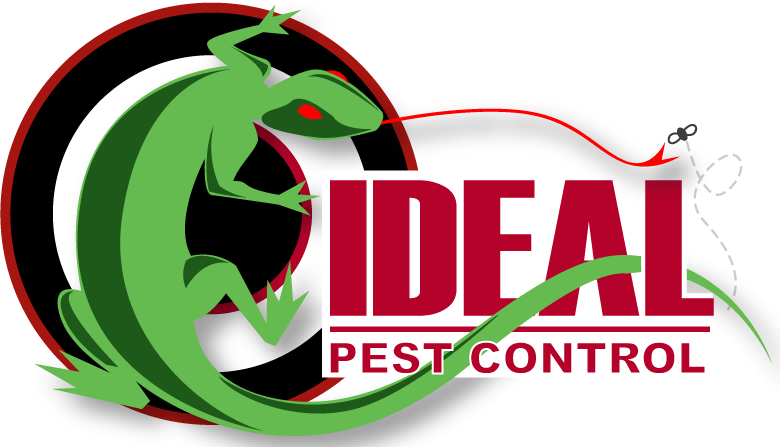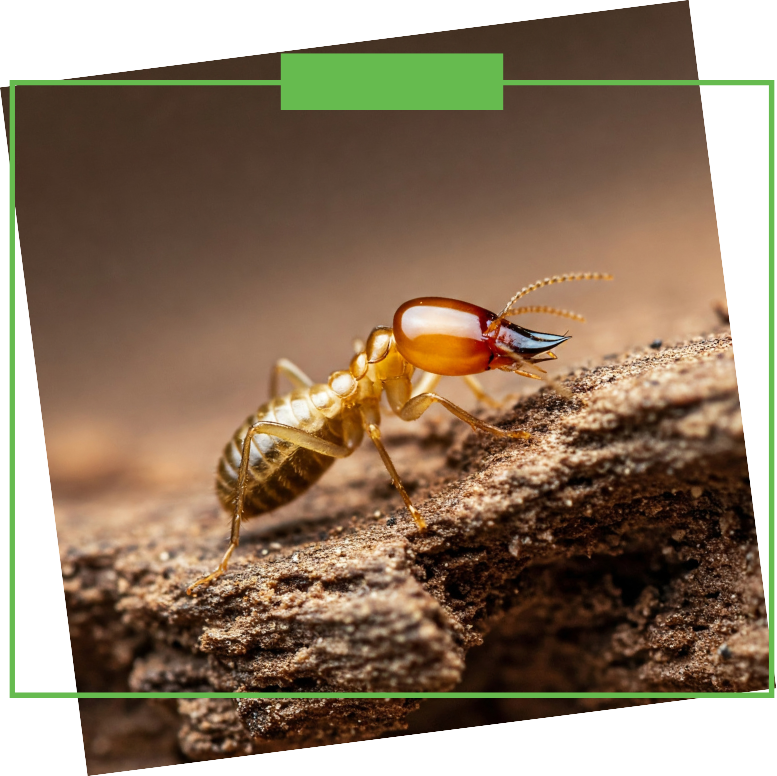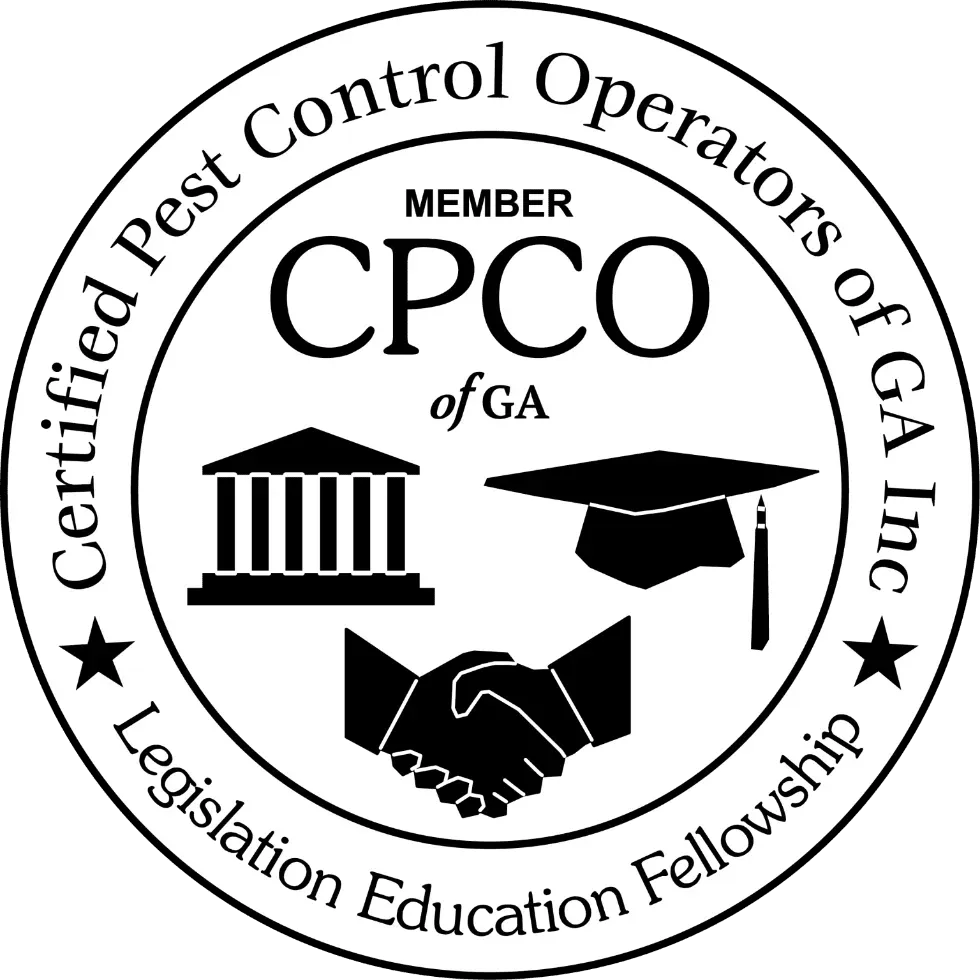Termites are sneaky. Most of the time, homeowners or business owners don’t even realize they have a problem until it’s gotten out of hand. These insects are masters at working in silence—quietly chewing through wood, drywall, and insulation while leaving behind nothing but structural damage and unexpected repair bills. Whether it’s a bustling urban business or a quiet suburban home, the risk is the same: termites don’t discriminate when it comes to their next food source.
Unlike more visible pests, termites tend to operate behind walls, under flooring, and around the foundation. And because of how they live and feed, the damage can accumulate for years without any obvious signs. Swarming near windows or doors might be one of the only early indicators that something’s off. Once a colony is active, it’s not just a matter of inconvenience—it’s a real threat to the integrity of a building. That’s why termite control isn’t just about reacting; it’s about proactive planning and prevention.
Why Termite Treatment Isn’t A DIY Job
Dealing with termites is a completely different ballgame compared to other pests. Sprays and store-bought solutions won’t cut it. Colonies can number in the thousands, and the real problem isn’t the few you see—it’s the hidden network of tunnels and feeding galleries buried deep in wood or soil. That’s where professional termite control makes all the difference.
One of the more effective long-term approaches is baiting, particularly using systems like Advanced Termite Bait Stations. These aren’t just poison in a tube—they’re part of an ongoing strategy. Baits are placed strategically around the structure, targeting termites at their source and disrupting the colony from within. It’s not about spraying and walking away; it’s about ongoing monitoring, re-baiting, and adjusting the plan as needed based on activity levels.
This type of professional solution is even more critical for larger structures or commercial properties, where termites can spread quickly and unnoticed through utility lines, beams, and crawlspaces. Trying to manage that yourself with basic tools just doesn’t stack up.
Residential Termite Control: More Than Just An Inspection
For homeowners, termite protection goes beyond just knocking down an infestation. It’s also about understanding what stage your property is in—whether it needs a pre-construction treatment, a post-construction barrier, or an intervention for an active colony. Different homes have different vulnerabilities depending on foundation type, moisture levels, and even landscaping features.
Pre-treatment during construction, for instance, creates a chemical or baiting barrier before termites ever have a chance to move in. Post-treatment on existing homes serves as a defensive ring, and ongoing monitoring can prevent future issues. For active infestations, the focus shifts to reducing colony strength and eliminating their access to food (i.e., your home’s structure).
Real estate transactions are another moment when professional termite inspection matters. Wood Destroying Insect (WDI) reports are crucial during home sales and purchases. These aren’t just formalities for paperwork. They offer insight into the home’s condition, helping buyers and sellers understand the level of risk or history of activity. A clean report can speed up a sale; a flagged one can give buyers leverage. Either way, having a licensed expert conduct the inspection is critical for accuracy and credibility.
Commercial Properties Can’t Afford To Wait
For businesses, termite problems are more than an annoyance—they can be a liability. Imagine running a warehouse, retail space, or office building with termite damage slowly eroding load-bearing supports. By the time you see cracks in the walls or hear odd creaking in the floors, the cost of repair is often far greater than the cost of prevention would’ve been.
With commercial buildings, the stakes are higher because the footprint is larger and more complex. Crawlspaces, breakrooms, storage areas, and foundation points all need to be accounted for. Having a pest control provider that offers regular monitoring, baiting, and detailed reporting helps keep everything compliant and in good shape.
Plus, businesses need documentation. Whether it’s insurance, regulatory standards, or just internal audits, regular inspections and treatment updates give you a paper trail showing that the property is being taken care of. Skipping that step? That’s just asking for complications down the road.
Termites do their worst work in silence. Whether you're a homeowner, a property manager, or a real estate professional, staying ahead of them takes more than guesswork—it takes experience, tools, and a real understanding of how termites behave. Shoreline Pest Solutions offers targeted termite treatments using Advanced Termite Bait Stations, construction-phase treatments, and inspection services that include NPMA-33 reports for real estate. Whether it's a brand-new build or a century-old home, the company brings tailored solutions that fit your property’s stage and risk level.
If you’re unsure whether termites are lurking—or if you already know they are—contact Ideal Pest Control today. Get answers, get protection, and get a plan that works. Contact us now to schedule an inspection or learn more about available services.
Frequently Asked Questions About Termites
Q1. How do termites cause so much damage without being detected for so long?
A1. Termites are stealthy invaders that operate behind the scenes—literally. They tunnel inside wooden structures from the ground up, hollowing out beams, floorboards, and walls without disturbing the surface. Because they avoid light and open air, most infestations remain hidden until significant damage is already done. What’s even more deceptive is that the wood may appear intact on the outside, while the inside has been silently eaten away. Their ability to remain hidden is part of what makes them such costly and destructive pests.
Q2. Do termites only infest homes made of wood?
A2. Surprisingly, no. While termites prefer wood and cellulose-based materials, they’re not picky when it comes to reaching their food source. Even homes built from brick, concrete, or steel frames aren’t immune. Termites can enter through cracks in the foundation, gaps around utility lines, or even create mud tubes over hard surfaces to reach wood inside walls or floors. Once inside, any paper, insulation, drywall, or wooden furniture is fair game. It's not the building material that matters—it's what’s inside that draws them in.
Q3. What’s the difference between a flying ant and a flying termite?
A3. It’s a common mix-up, but knowing the difference can save you from a major infestation. Flying termites (also called swarmers) have two pairs of wings that are equal in length and a straight, uniform waist. Flying ants, on the other hand, have wings of uneven length and a pinched waist that gives them more of an hourglass shape. Their antennae are also bent, while termite antennae are straight. If you spot swarmers indoors or around your home’s foundation, it's often the first visible sign of a hidden termite colony.



